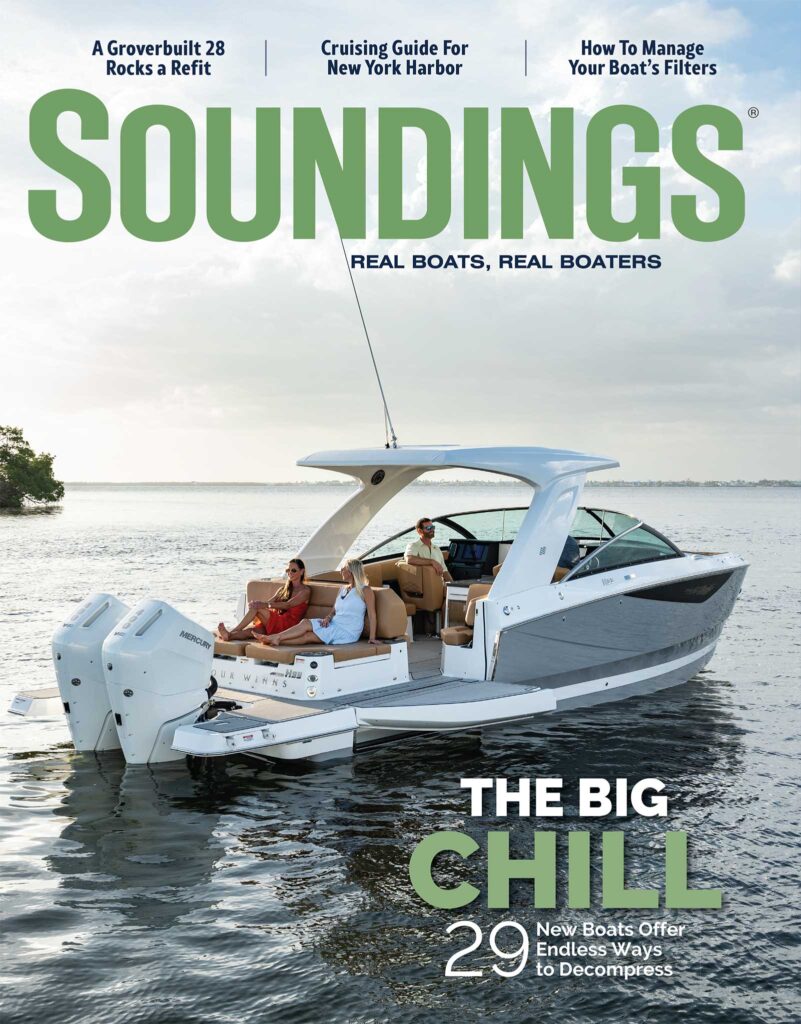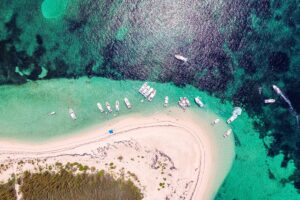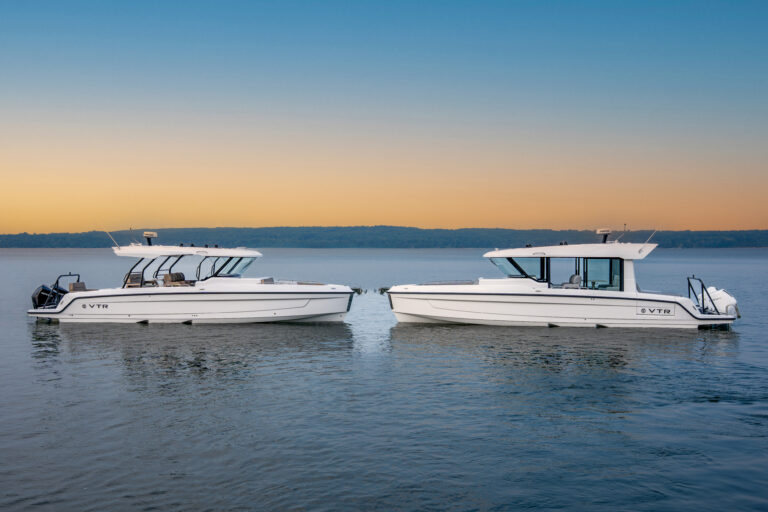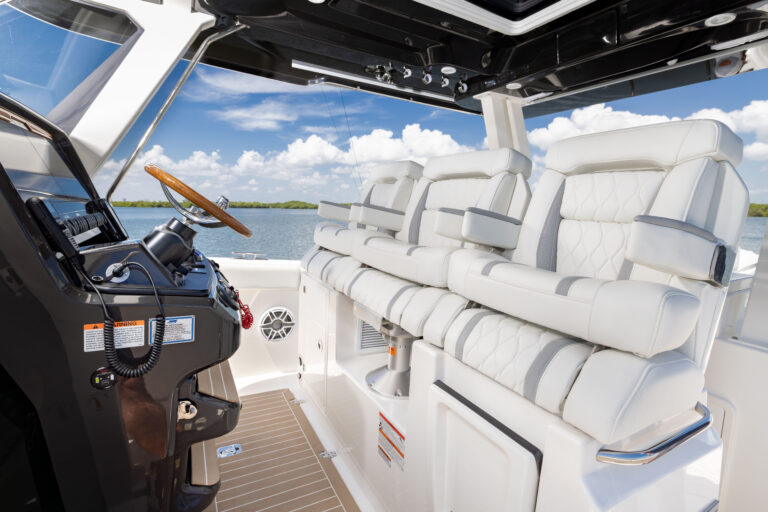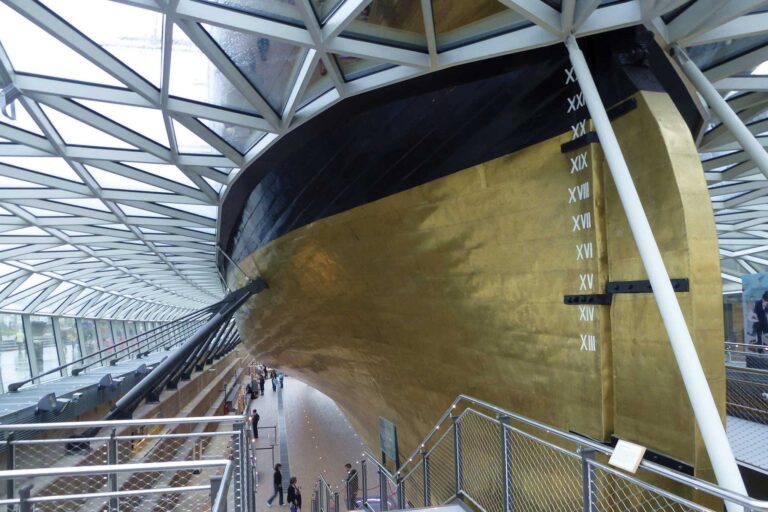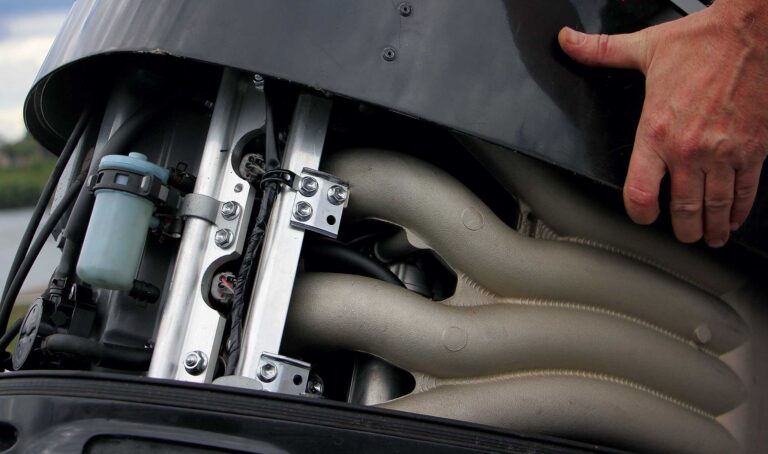BridgeHeights on the ICW
Q: How much vertical clearance does your boat need to transit the Atlantic Intracoastal Waterway?
A: The fixed bridges over the Atlantic Intracoastal Waterway are supposed to have a vertical clearance of 65 feet, but there’s one notable exception and you can’t always rely on having that much clearance with the rest.
The Intracoastal Waterway to which I’m referring is commonly known as the ICW, and runs from Mile 0 at Norfolk, Va., to Key West, Fla. There are other Intracoastal Waterways that aren’t addressed here — for example, the Intracoastal Waterway of New Jersey and that of the GulfCoast.
The JuliaTuttleBridge (Mile 1087.2) in Miami is the noted exception on the Atlantic Intracoastal Waterway, with a reported vertical clearance of 56 feet. Boats requiring more clearance can go out at Port Everglades (Fort Lauderdale) and re-enter at Government Cut (Miami). This, of course, requires good weather and sea conditions. However, we’ve observed other bridges that are supposed to have the 65-foot vertical clearance lacking by sometimes as much as 1 or 2 feet. Extra-high tides and water levels that are higher than usual because of prolonged strong winds may exacerbate this problem.
Most ICW fixed bridges have tide boards on their fender systems, facing each approach. These are supposed to mark the vertical clearance by the level of the water on the board. Always pay attention to these if there is any question. On some, you’ll notice that the high water scum line shows clearance of less than 65 feet at high tides. Examples of bridges that we’ve noticed to be in question include Pungo Ferry (Virginia, Mile 28.3), Wilkerson (aka Walter B. Jones Bridge, North Carolina, Mile 125.9), Atlantic Beach (North Carolina, Mile 206.7), Socastee (South Carolina, Mile 371.3), and Isle of Palms (South Carolina, Mile 458.9). There are others, and you should rely on your own careful observations and up-to-date reports (such as the Coast Guard’s Local Notices to Mariners and those from other vessels) as to each bridge.
I should note that for years after it was built, the PungoFerryBridge was incorrectly charted as having vertical clearance of 60 feet. This mistake has been corrected on new charts, but it is still one of the lower 65-foot bridges and is frequently affected by high water.
When you’re standing on deck and looking up, you will have the optical illusion that you’re too tall nonetheless. We’ve seen boats send crew to the mast top to check clearance as the boat approaches. This is dangerous. If you think you’re going to hit, backing off may be very difficult or almost impossible, particularly if current and/or wind is pushing you toward the bridge.
Many fixed bridges have signs posted giving clearance in feet. Most of these signs state “at center.” Some bridges with arched spans post the vertical height measured at the outside end of the navigation spans; the height at dead center may be a little more. These signs usually state “minimum clearance.” But the bridge’s center light, hanging down from the middle of the span, will subtract from the vertical clearance if you are unlucky (or careless) enough to hit it. Also, sometimes high winds or construction will result in wires or lines hanging down. Always be observant.
Remember that circumstances can change because of such factors as water level, construction, wind damage and deterioration. In fact, we’ve heard of boats being damaged when they had just enough room to go under but were momentarily raised by the wake from another boat. Never take chances with vertical clearance. The consequences of a mistake can be lethal.
Bridges that open have considerably less vertical clearance, some only 1 or 2 feet. These also often have tide boards. While bridge tenders sometimes will tell you the clearance with the present tide, normally they won’t, assumedly because of the potential liabilities involved.
Keep in mind that if you request an opening that you don’t need or could avoid by lowering your antennas and outriggers, you can be fined. This is occurring regularly in some areas. You should know the height of your vessel above its waterline. The captain has the ultimate responsibility of deciding what’s safe and prudent for his or her boat.

